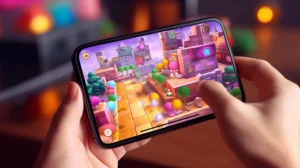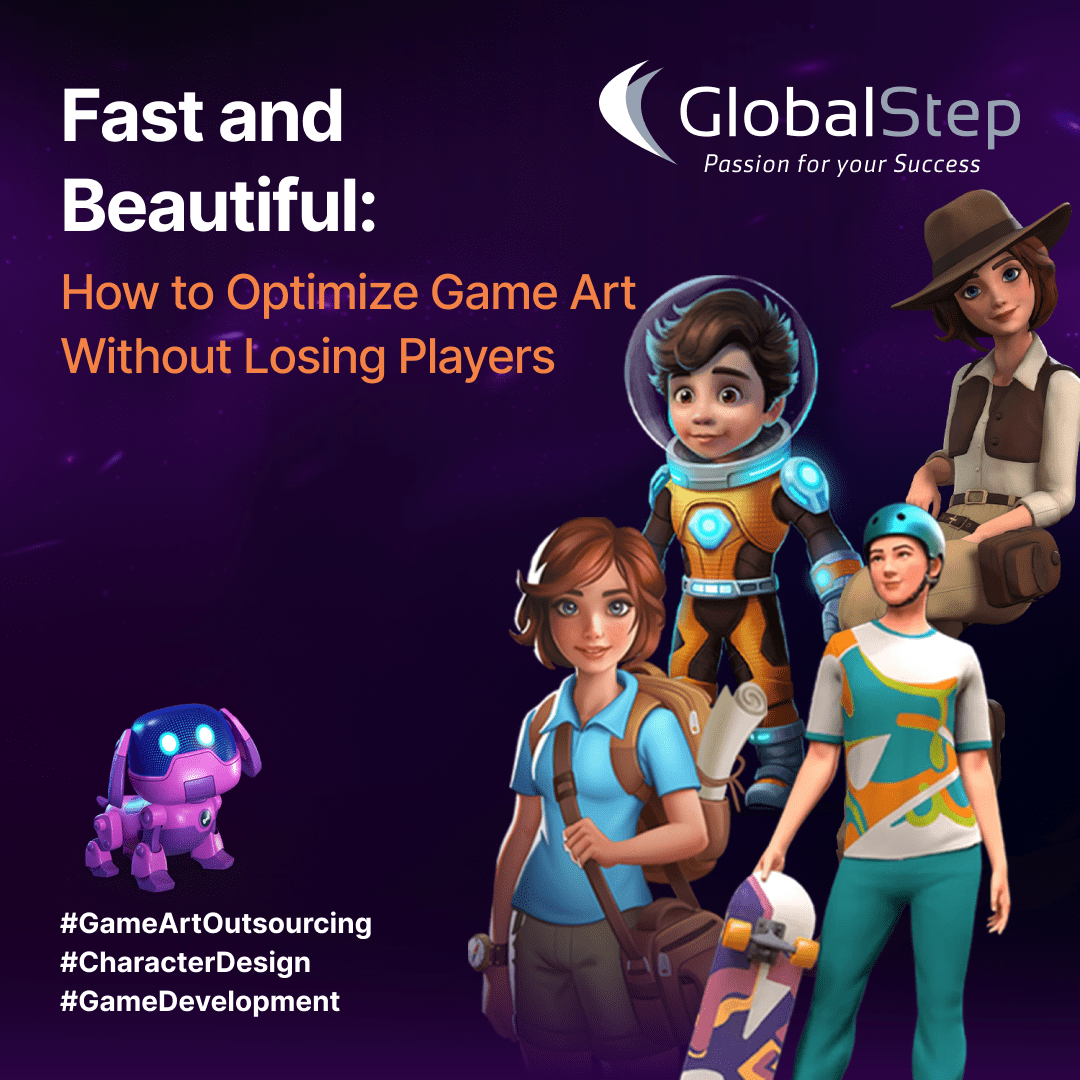Mastering Mobile Gaming: The Art of Level Design

Level design is at the very heart of a video game’s development journey toward success. This statement holds true across the entire spectrum of gaming, but it gains even more significance in the fast-paced world of mobile gaming. In this domain, where players often have only fleeting moments of free time and patience is a precious commodity, the art of level design can truly determine whether a game soars to great heights or fades into obscurity.
The Crucial Role of Level Design in Mobile Gaming
In the intricate web of video game development, level design acts as the backbone upon which the gameplay experience is built. In mobile gaming, it serves as a linchpin, balancing user engagement with the ticking of the clock. Mobile gaming success hinges on providing an immersive and enjoyable experience that can be swiftly picked up and put down as life demands. Achieving that perfect blend of fun and challenge is an art form in itself.
Imagine this scenario: a player downloads your mobile game and within minutes they are engrossed. The gameplay is smooth and the controls are intuitive, thanks to thoughtful level design. They advance eagerly, but suddenly hit a wall—a dead end with no more levels to play. Frustration sets in, leading to a potential uninstall. This highlights the importance of sustaining player interest with continuous content.
A thriving player community is crucial for a game’s success and longevity. Players interact, share experiences and form a sense of belonging. To keep this community engaged, it’s essential they never run out of levels to play. When content dries up, retention dwindles, affecting monetization. Thus, level design in mobile gaming becomes a key catalyst for success.
Types of Level Design in Mobile Gaming

There are three main types of level design used in mobile gaming: procedural generation, hybrid design and handcrafted levels. Each type has its own benefits and pitfalls which developers need to take into account if they want to make successful mobile games.
- Procedural Generation
Procedural generation refers to creating game levels automatically as players require them. It is fast and efficient but if you’re not careful, this method can result in sameness between levels and dull levels which may bore players. Therefore, it should be used sparingly to keep things surprising while increasing player retention through unpredictability .
- Hybrid Model
The hybrid model combines automation with human creativity. What happens here is that levels will be designed by an editor using procedural generation along with items like specials or blockers that are then later tweaked by a level designer in order to bring about balance and fun for the player. This allows for curated journeys through games, making the overall experiences more enjoyable for gamers.
- Handcrafted Levels
Handcrafted levels are meticulously created pieces which give developers full control over how their games play out. They should be used when certain communities require specific challenges. Though they take longer than other types of level design, well-done handcrafted levels could greatly increase user retention rates by ensuring people are both entertained and tested while playing on mobile devices.
Balancing Difficulty and Fun
Developers of mobile games need to know that the design of a level is related to many financial issues and methods for keeping the audience. But how can this be achieved in practice? If they are too difficult – players will give up; if they are too easy – there will no longer be any challenge at all. Finding such balance would hold people’s attention longer than anything else which is necessary for mobile gaming success on today’s market.
The audience can be involved through puzzles, riddles and other interesting elements. Such things provide not only enjoyment but also intelligence examination, thus making them even more attractive. These should be treated as if you were sowing seeds of anticipation; this way people who tried your game out of curiosity might stay because it satisfies their different needs.
In order for the levels you create to resonate with players of your game, it is important that developers understand what players like. For instance, fans of parkour games who enjoy difficult spatial tasks will appreciate highly challenging platformer stages within them. Conversely, those individuals preferring mysterious tales set in cramped spaces haunted by creepy creatures would find delight in labyrinthine mazes along with mind boggling puzzles.
Monetization Techniques: Boosters, Bonuses and Power-Ups
Integrating level design with monetization strategies is important in creating a successful mobile game. These levels must be created such that they motivate players to make purchases while playing the game but not too obvious or pushy. Providing free boosters at difficult stages can help users overcome hurdles and show them how helpful it is so that they would want to buy more later on. Yet no level should ever forcefully require buying anything because we don’t want people dropping off like flies; ideally we should still be able to retain their attention over a period of time.
After finishing the main part of the game, bonus rounds will become available which present special challenges along with prizes like virtual money, increasing the triumph players feel and aiding progress further into the game.
GlobalStep Skills: Designing Levels for Mobile Games via Game Development
Some of the biggest names in the industry have relied on GlobalStep for designing levels for mobile games and creating new content ideas meant to keep their players entertained. We work closely with game designers and UX experts whose focus is in level design j – together we continuously refine our approach until devising levels becomes something akin unto art. If your company is looking at breaking into smartphone app development but doesn’t know where to begin, contact usto learn how GlobalStep can help you create an engaging mobile game.





